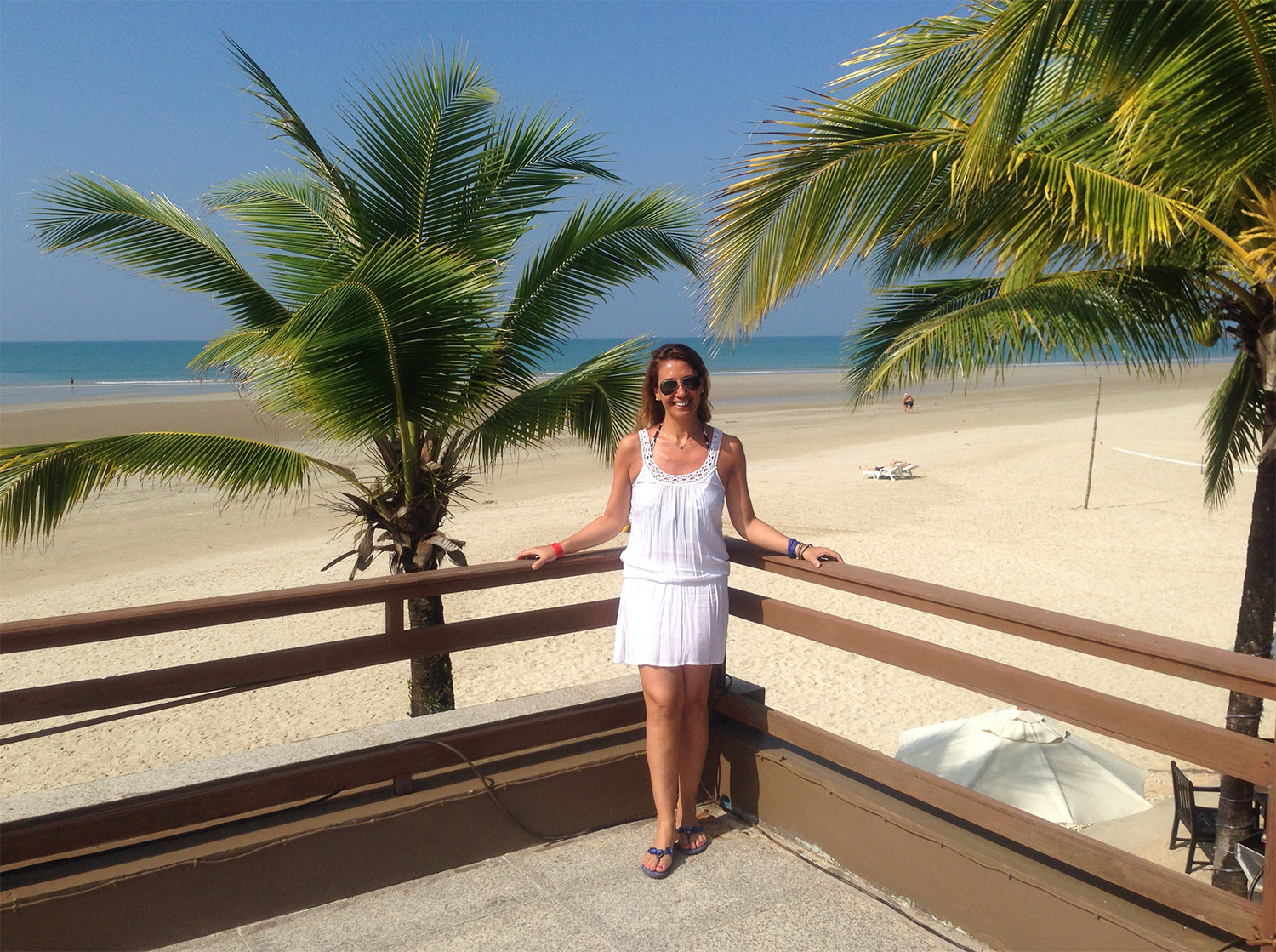When I was 16, I had the best time of my life choosing ST Lucia in the West Indies for a year Life experience as an Exchange Student by American Field Services (AFS)
The Caribbean in my heart!
St. Lucia is a Caribbean island without mass tourism, but with exotic nature in abundance. In addition, there is a dose of Creole love of life, which is quite contagious.
Because what is out there is one of the most exclusive things the Caribbean has to offer visually. It is not by chance that the island dwarf Saint Lucia has the reputation of being the jewel of the Antilles.
A “drive-in” volcano
An ensemble of colorfully painted wooden houses on emerald-colored bay lies at our feet. Behind it, Big and Little Piton catch the eye: two moss-colored volcanic cones that tower 795 and 736 meters into the Caribbean sky. A sugarloaf in a double pack, so to speak; or as the native Nobel laureate Derek Walcott briefly described it as a metaphor for the tropical nature: the bosom of the Caribbean.
A few kilometers inland, it smells quite sulphurous, which is blamed on the world’s only “drive-in” volcano near Soufriere. Fish stoically chomps us close to this witch’s kitchen with steaming sulfur springs and bubbling mud, revealing the eruptive inner life of Mother Nature. And of course, our driver guide will not miss the opportunity to cook an egg in a hot steam. We find the cascades of the mineral-colored Diamond Falls more refreshing. Surrounded by towering palms, lush ferns and deep green mosses, the masses of water tumble over the rocks. And wonderful is the trail through the Rain Walk Forest, a piece of pristine rainforest with lavish vegetation. The largest part of St. Lucia is still covered in tropical flora: hibiscus, frangipani trees, jasmine, orchids and cocoa perennials, all of which are abundant here. And of course bananas, the island’s most important export item.
That St. Lucia has remained an almost unspoiled Antillean idyll to this day has several causes. After the island was only released by the British Crown in 1979, a lazy leadership crew initially simply slept through the trends of modern times. While elsewhere in the Caribbean, mass tourism plastered beach after beach with hotel grounds, traditional St. Lucia dawned. In this way, the unique face of the island was preserved. And since the change of government in 1997, a young politician’s guard has opted for ecological tourism.
The fact that mass tourism left St. Lucia so far left, explains itself also with the price level of the domestic hotel industry and the absence of any big noisy and un-luxury parties . Outside the hotels and luxurious all-inclusive resorts, there is virtually one option per week for extensive celebrations, and that is also extremely authentic. At the weekend, the “Hot Friday”, the wet-happy street party of Gros Islet is rising. Then the wooden houses of this village in Lokale are transformed, and the main intersection in the center of the village becomes a dance floor. From loud speakers roar deafening Reggae and rap. And above all hang the clouds of smoke from the charcoal fires on which chicken and fish sizzle. At least now is the time for a Rumpunsch, which belongs to St. Lucia as the Pitons – and as Morne Fortune, a 260 meter high vantage point with magnificent views of the harbor bay of the capital Castries.
Above all, Morne Fortune is a historical venue. This hill was fought for 150 years bloody. Thirteen times he changed hands between the English and the French before St. Lucia finally became a crown colony in 1814. Army, police, administration, post office – all this gives the island a British face today. But at heart St. Lucia has remained profoundly Creole, an exciting mix of France and Africa. The place names are French, the islanders are Catholic, and everyone speaks Patois.
Bumpy life
The market of Castries provides a good impression of island life, of everyday culture and of the rhythm on St. Lucia. It is right next to the harbor, where cruise ships from all over the world spit out their passengers. In brightly colored halls, one laughs at what mountains, forests and fields give: brown bars of pressed cocoa, dripping melons, bright limes, breadfruit and ginger roots. It smells of cinnamon, cloves and nutmeg. What looks like potato salad is the national dish “Green Fig”, prepared from plantain. On the “Coalpot”, a small clay oven, meat sizzles over the charcoal embers.
In addition bulging life: turning hips to Reggae, who rattles from battered transistor radios. Girls are devotedly plaiting each other’s funny braids. Grandmothers palate about God and the world. Dominoes pop on the table. An ancient ex-diver sells for a few dollars Conch shells, those big Caribbean shells with the rosy shiny inner life, whose import in Europe, however, is banned for species protection reasons.
For the entry into Saint Lucia, the passport must no longer be valid for at least six months from the departure date, but only until the departure date. This easing of entry requirements is communicated by the Saint Lucia Tourism Authority.
There is also hotel news from the Caribbean island. The Bay Gardens Resorts are expanding into a fourth hotel: the former 35-room Palm Haven Hotel, just off Rodney Bay Marina, has been gently refurbished and converted into the Bay Gardens Marina Haven. With the Sandals La Source St. Lucia, the all-inclusive hotel group is planning its fourth house on the island. It will originate in the north of the island on Pigeon Island Beach in close proximity to Sandals Grande St. Lucian. And for its 30th birthday this year, the Body Holiday Saint Lucia is giving itself a present: another $ 38 million (TI) renovation and refurbishment






